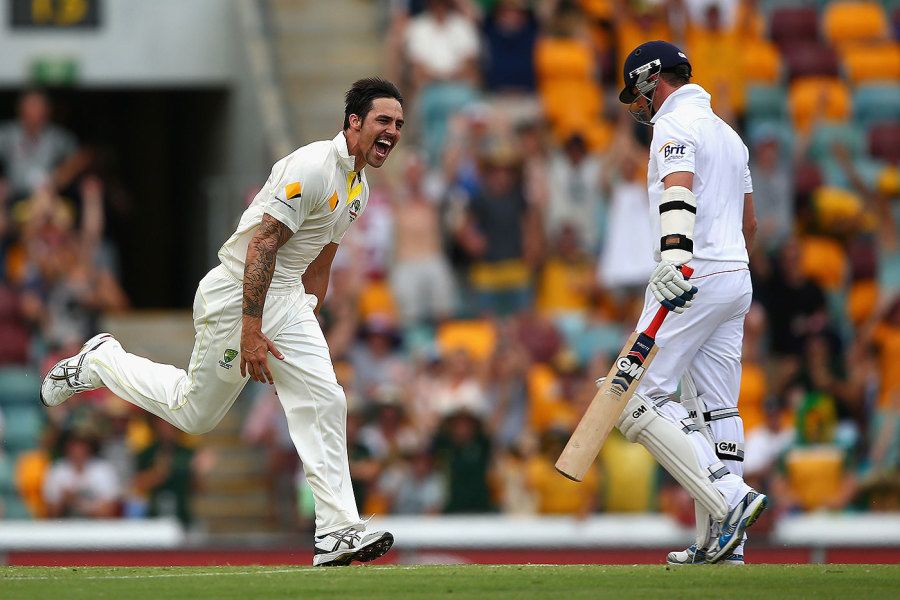
When the order was made to deprive Shamima Begum of her British citizenship in February 2019, it seemed gestural and unlikely to stand. She was born in England and had no dual nationality; her marriage to a Dutch citizen was invalid since she was 15 when she entered into it; and she had a baby, who was British by descent according to the British Nationality Act of 1981.
Within three weeks, her son had died, and the gesture had solidified into something darker and more concrete: a statement of values, in which some citizens are more British than others. What should be seen as chilling safeguarding issues – underage girls trafficked by criminal gangs into war zones – became security matters, in which the national interest is so profoundly threatened that, not only is the state relieved of its duty to protect, the girls can be made stateless.
Begum is not the only British citizen treated in this way. A recent Reprieve report details 20 British families stranded in north-east Syria, most of whom have had their citizenship removed. To divest us of any illusions, that these are freak occurrences for the monumentally unlucky, we now have the third reading of the nationality and borders bill. Forty-four members of the Scottish parliament signed an open letter to the home secretary, detailing what they considered to be its implications for asylum seekers – cruel measures to make already unsafe routes more treacherous – but noting, also, that it hangs “the threat of citizenship removal over naturalised British people in clear violation of international human rights agreements and basic principles of decency and fairness”.
Under the proposals, any foreign-born British citizen can be deprived of their citizenship, without notice or notification. Dual citizenship is not a precondition; they can be made stateless so long as the British government believes they are eligible for citizenship of another country. Analysis from the 2011 census, by the New Statesman, finds an astronomical number of people – 5.5 million in England and Wales – who fall into this category, including about 408,000 people born in the UK. It is hard to imagine a more flagrantly racist idea emanating from anywhere but a National Front manifesto: it affects half of British Asians and 39% of Black Britons.
This represents merely an acceleration of the Conservative agenda over the past decade. The Cameron years were more timid and underhand. The hostile environment policy of 2012, and the Windrush scandal it created, was openly racist, but limited in scope to one cohort. This in no way mitigated the injustice of it; to deprive one citizen of statehood, not to mention liberty, legal rights, healthcare, social security and the ability to work, is to deprive all. But it was a long time before it received due attention and protest, and victims are still waiting for restitution. That same year, the minimum income threshold of £18,600 was introduced for British citizens who wanted to bring a foreign spouse into the UK. The implications of this were, again, unremarked for a long time, but extraordinary; poor Britons thereafter had fewer rights as citizens than rich ones.
So citizenship was, from 2012, stratified by race and class. Full rights were enjoyed by a particular cross-section, and those outside it were newly precarious. Even if that insecurity were hypothetical – how many of us will, in the end, marry someone foreign born? How many are in the Windrush generation? – the principle was real, and ambient noise shored it up, not just Theresa May’s racist “Go Home” van but a fixation with shirkers and strivers, reinforcing a new conception of civic decency being a function of economic productivity.
Cameron’s government came to power, after its coalition fits and starts, on the back of a fiscal scarcity narrative that popularised austerity measures whose cruelty would have previously been unsellable. In power, the Conservatives have adjusted that scarcity so that it is no longer just money but also belonging that we don’t have enough of; there is simply not enough citizenship to go around, not enough nationhood, not enough human rights for the whole country to enjoy. Priti Patel may not need to repatriate your neighbours to nowhere today, but she needs to start knocking the legislation into shape, so that when the deportations begin, she knows who least belongs.
The question is not how likely it is that five and a half million Britons ever face deportation: it is, what political purpose does it serve to turn citizenship into a question not of unity but of hierarchy? It is more complex and intricate than simply sowing division and eroding solidarity; it generates emotional support for external xenophobia – against the EU, against refugees – by making the condition of Britishness a fragile one in which legitimacy is uncertain and loyalty must be continually demonstrated. The racism of the nationality and borders bill is not a Tory accident. It creates the conditions for their future successes and cover for their vast, unfolding errors; it’s up to all opposition parties to make sure it costs them more, electorally, than it can ever deliver.




